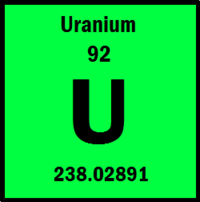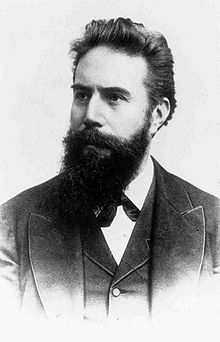

Born Maria Sklodowska on Novemer 7, 1867, Marie Curie became the first woman to win a Nobel Prize and the first person-man or woman-to win the award twice. Curie's efforts, with her husband Pierre Curie, led to the discovery of polonium and radium and, after Pierre's death, the further development of X-rays. The famed scientist died on July 4, 1934.
What Did Marie Curie Discover?
Marie Curie discovered radioactivity, and, together with her husband Pierre, the radioactive elements polonium and radium, while working with the mineral pitchblende.
Fascinated with the work of Henri Becquerel, a French physicist who discovered that uranium casts off rays weaker than the X-rays found by Wilhelm Conrad Roentgen, Marie Curie took his work a few steps further. Curie conducted her own experiments on uranium rays and discovered that they remained constant, no matter the condition or form of the uranium. The rays, she teorized, came from the element's atomic structure. This revolutionary idea created the field of atomic pyhsics. Curie herself coined the word "radioactivity" to describe the phenomena.
Following Marie's discovery of radioactivity, she continued her research with her husband. Working with the mineral pitchblende, the pair discovered a new radioactive element in 1898. They named the element polonium, after Marie's native country of Poland. They also detected the presence of another radioactive material in the pitchblende, and called the radium. In 1902, the Curies announced that they had produced a decigram of pure radium, demonstrating its existence as a unique chemical element.


